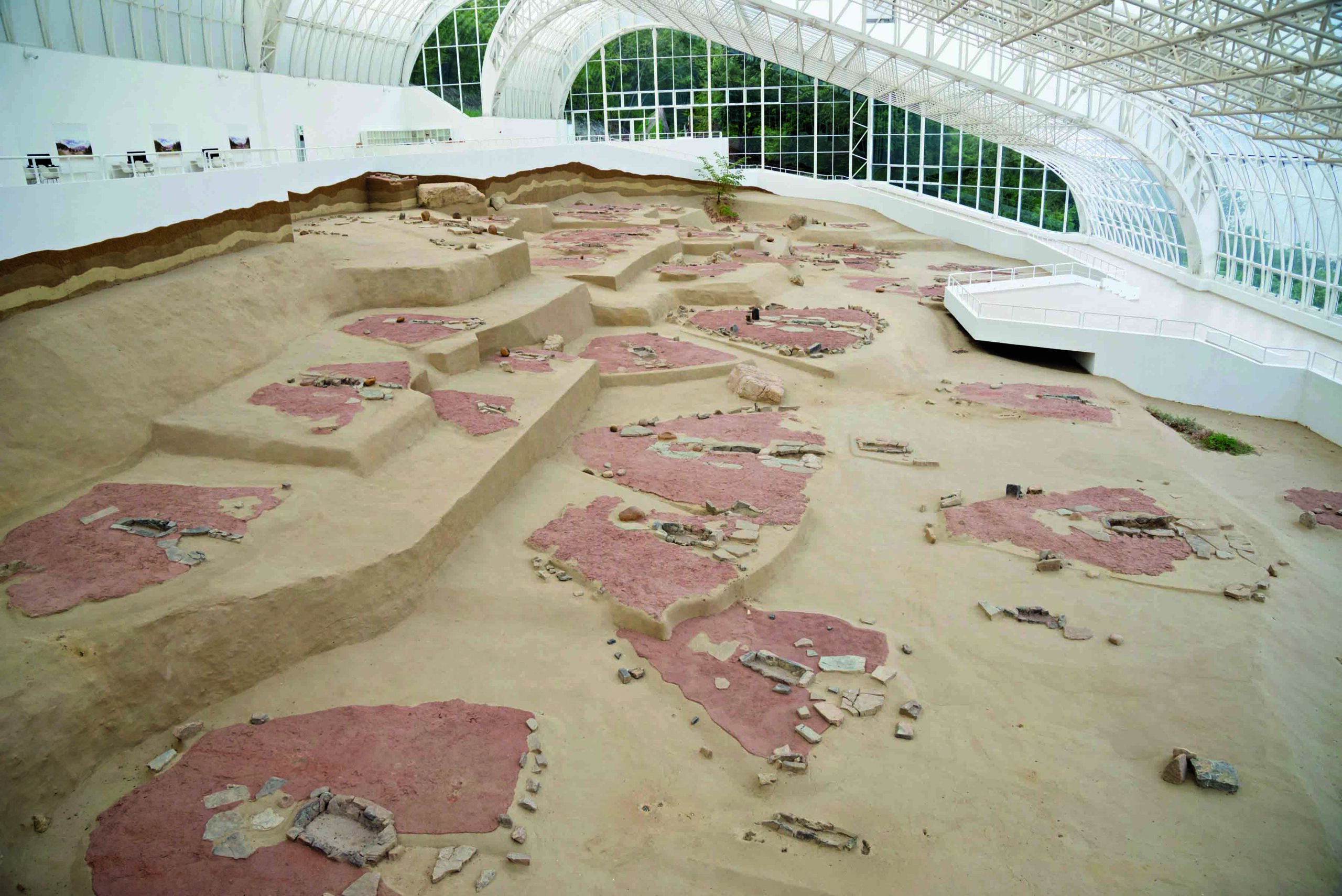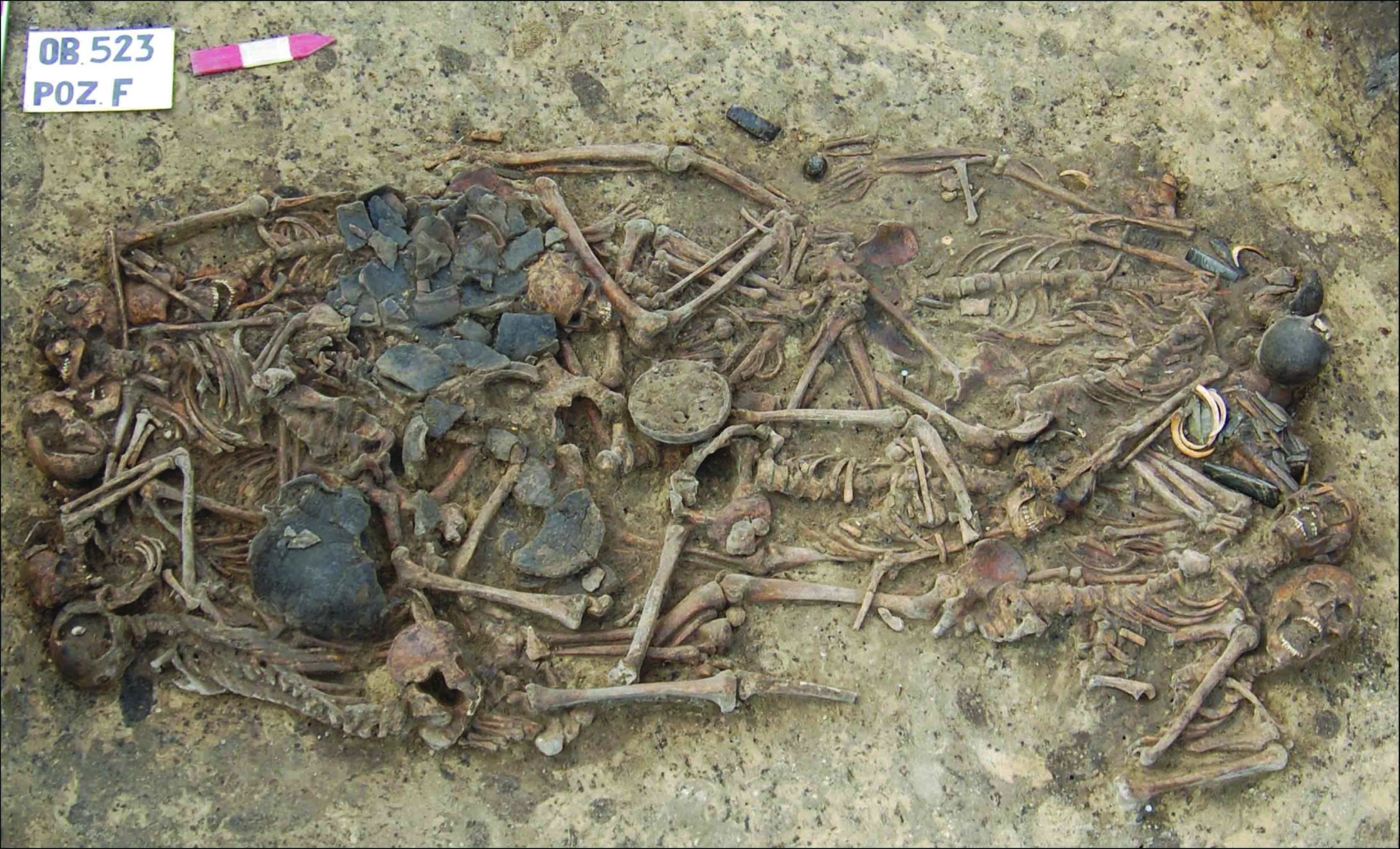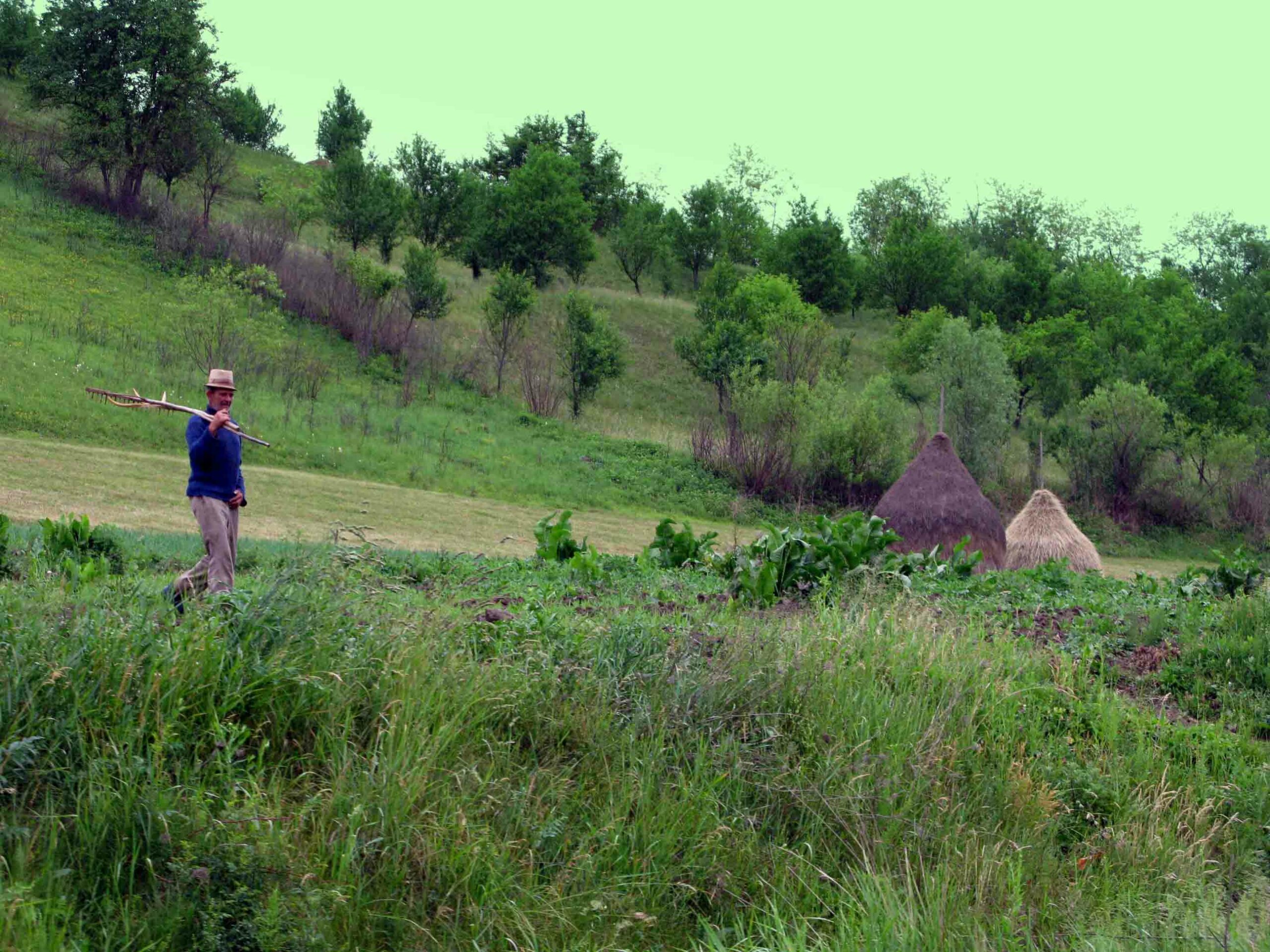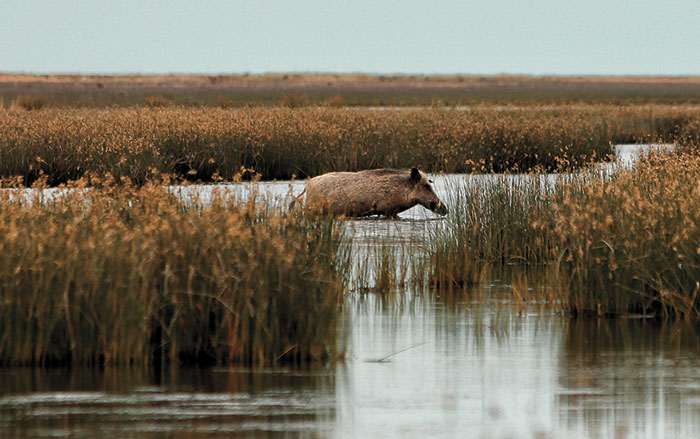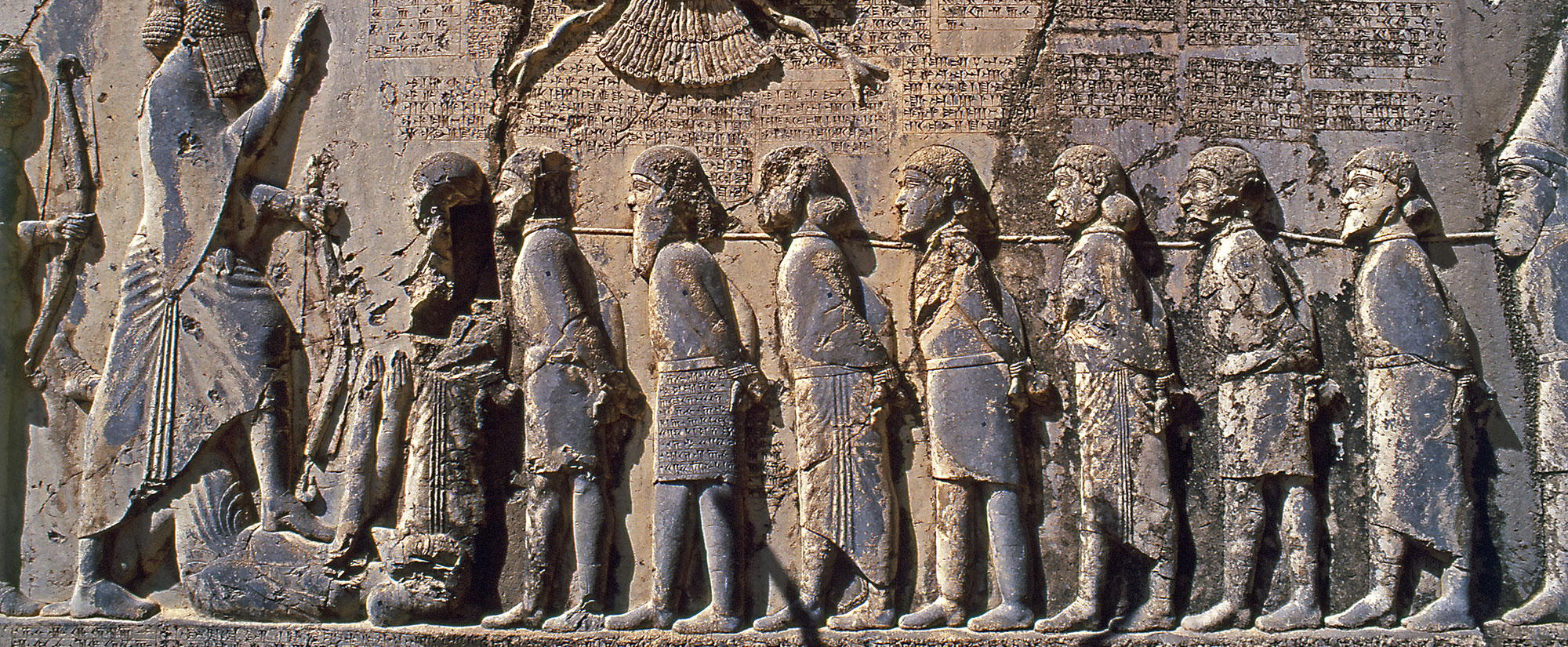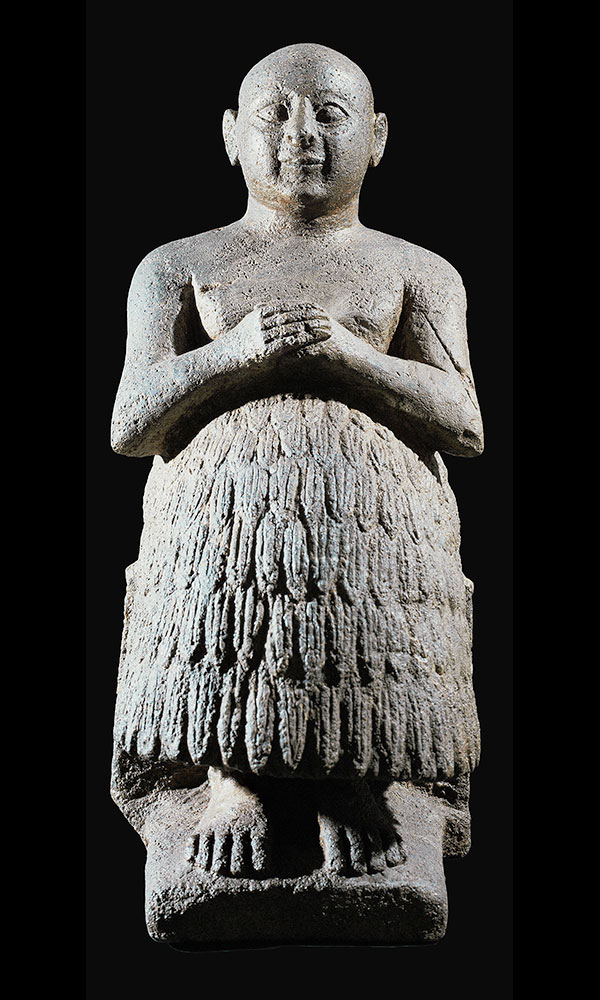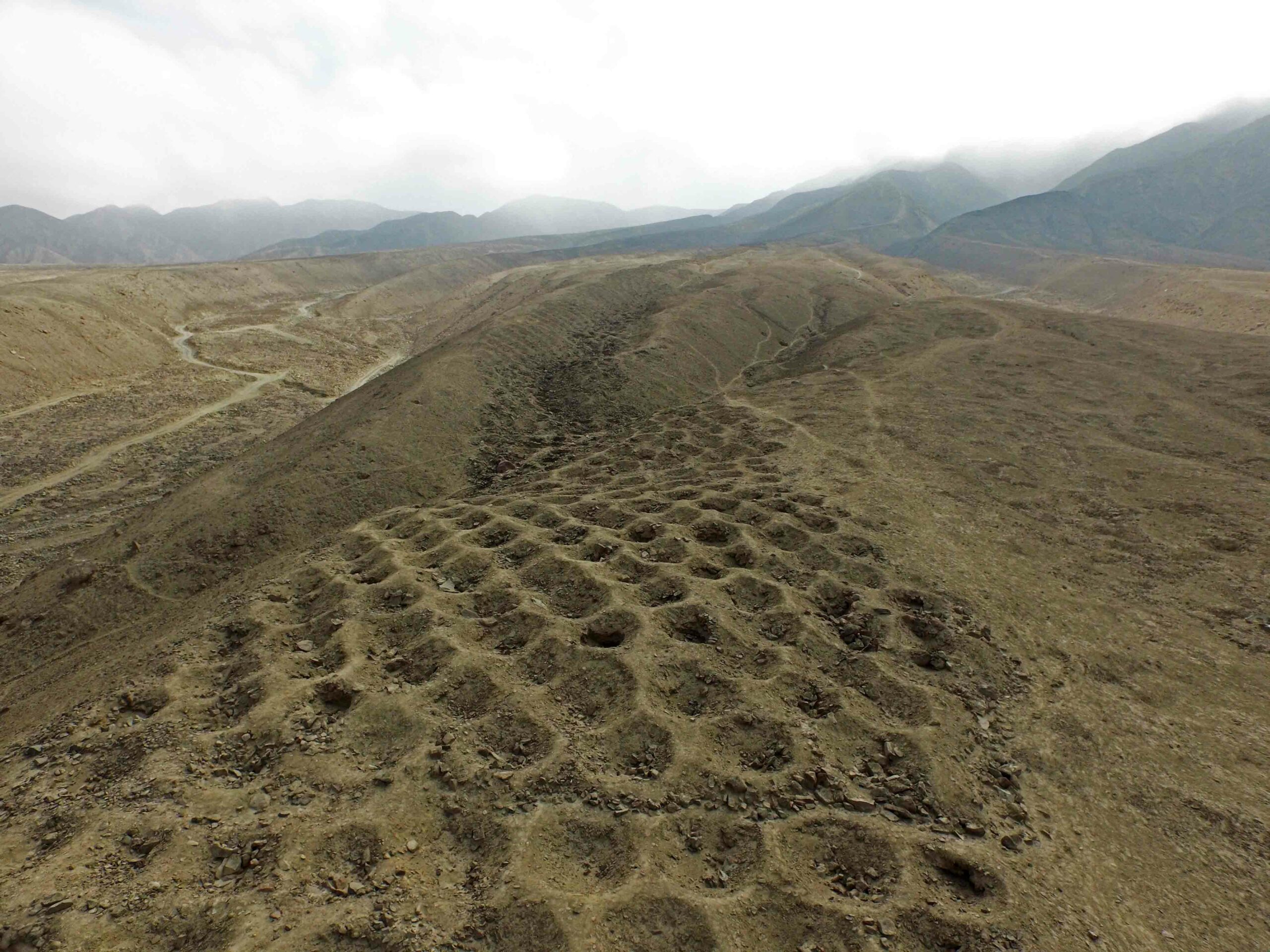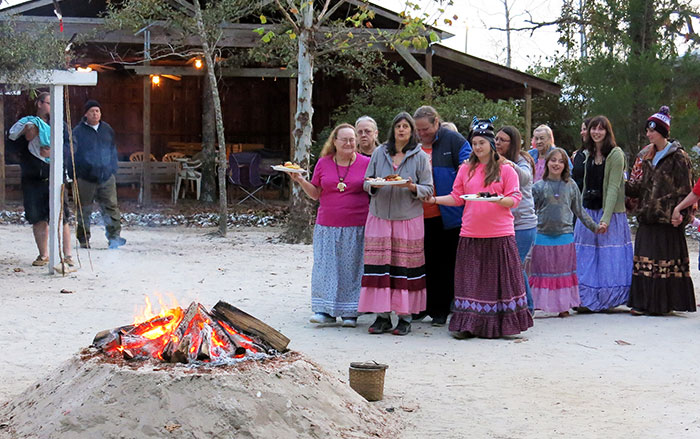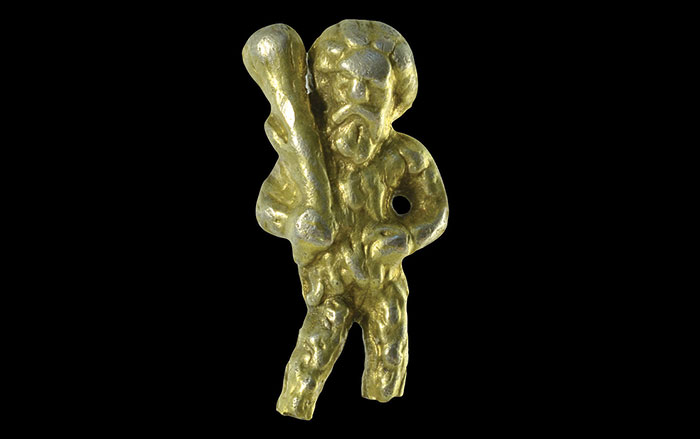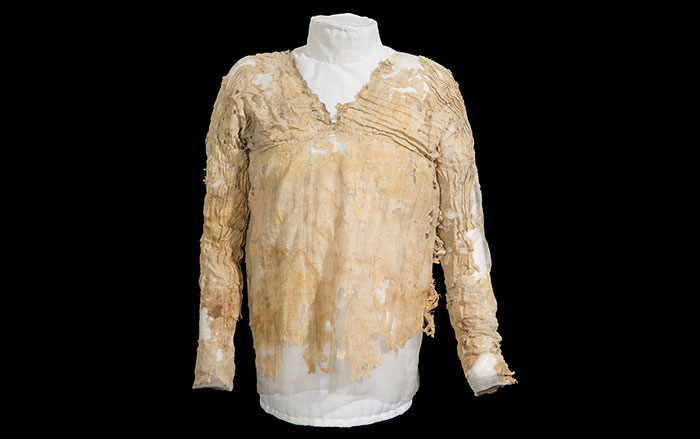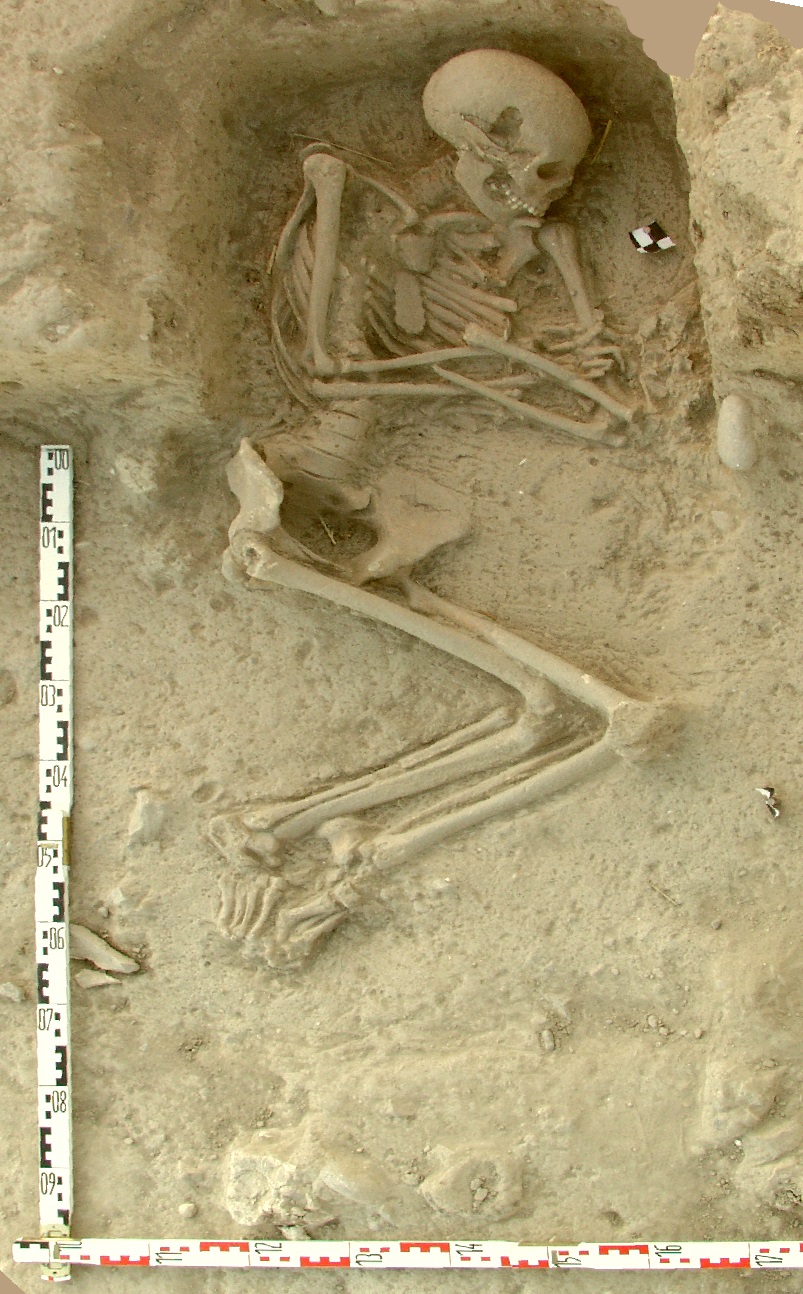
MAINZ, GERMANY—A new genetic study led by Joachim Burger of Johannes Gutenberg University Mainz has linked Neolithic farmers in Germany, Hungary, and Spain to early farmers in Greece and northwestern Anatolia. Burger said in an Associated Press report that the farmers in Central Europe and Spain were more closely related to the Aegean farmers than to each other, which suggests that the farmers arrived in Europe in two separate waves. “One is the Balkan route and one is the Mediterranean route,” Burger said. The study also indicates that the migrating farmers had dark eyes, fair skin, and were not able to digest milk after childhood. A comparison of the ancient DNA with samples collected from modern Europeans found that after hundreds of years, the farmers eventually mixed with European hunter-gatherers and then with a third group of people who traveled from the eastern Steppes some 5,000 years ago. For more, go to "The Neolithic Toolkit."


